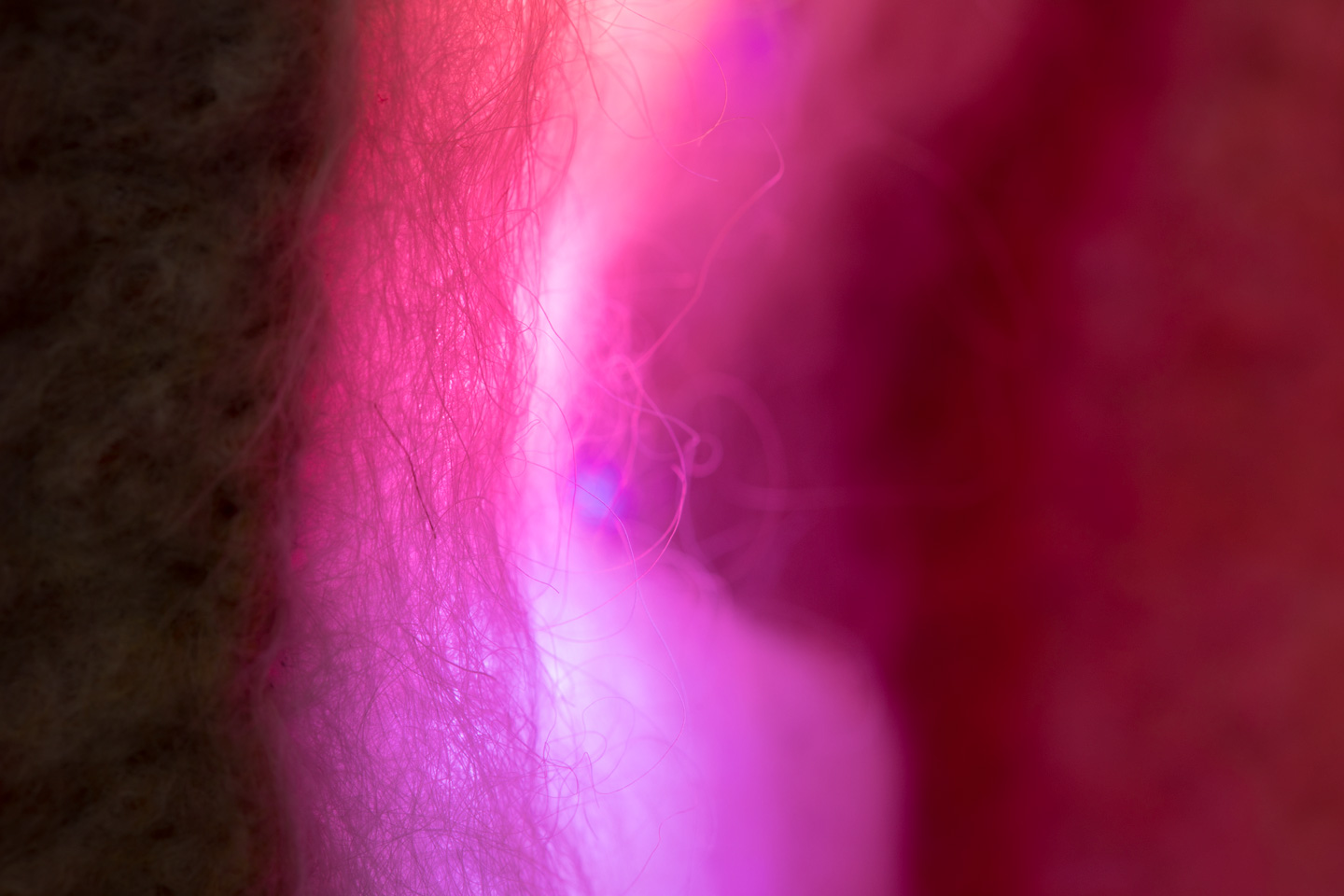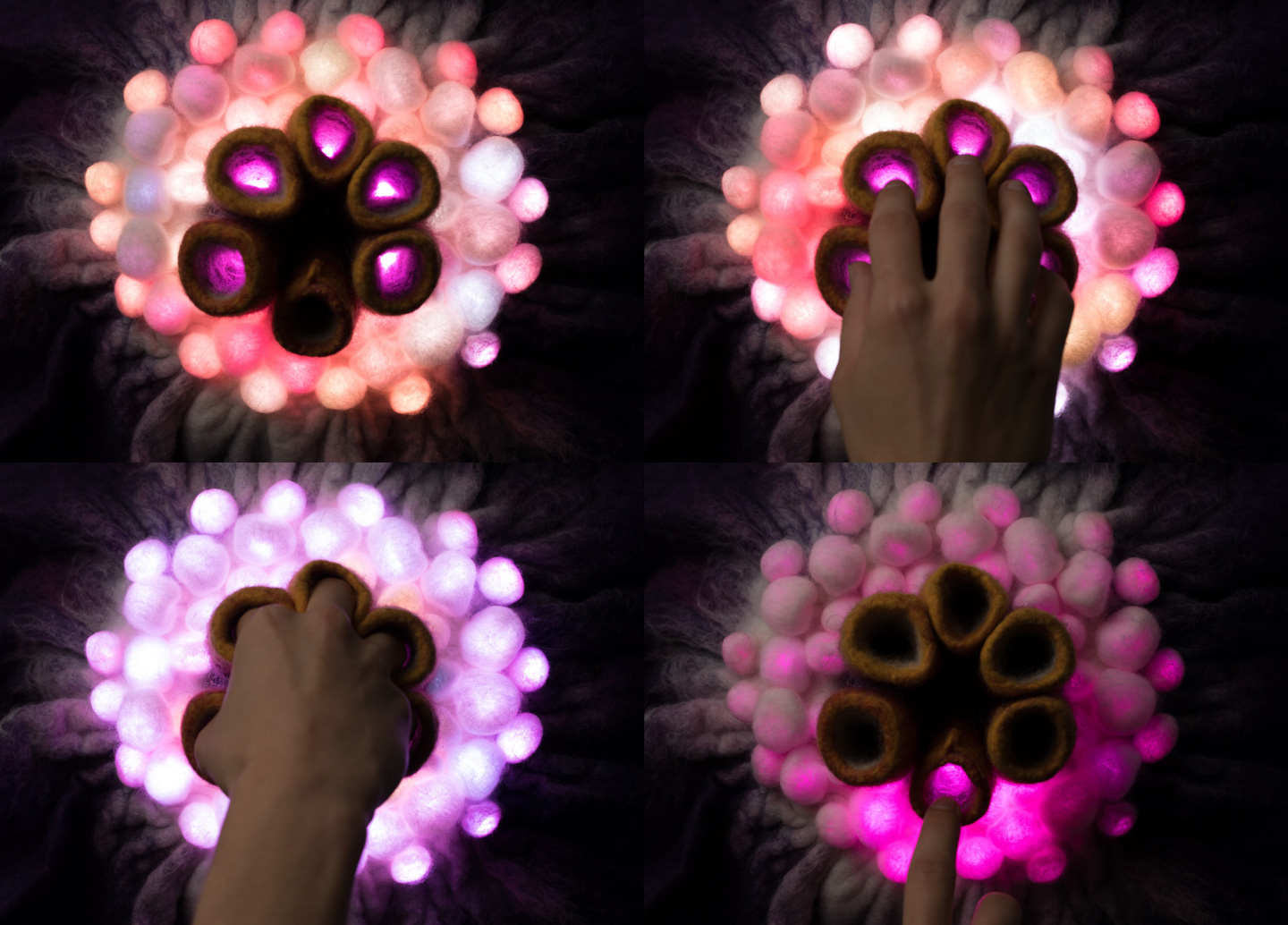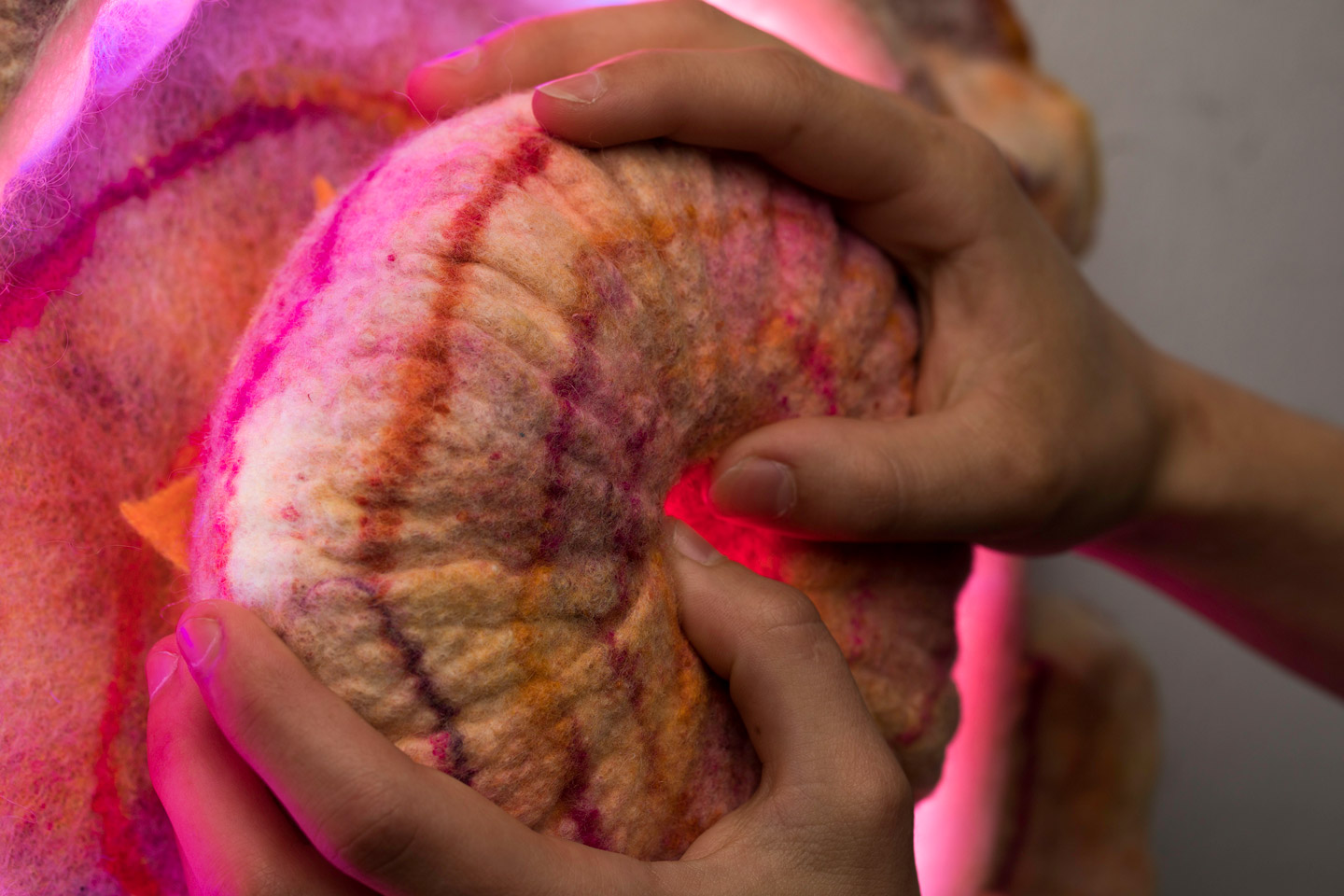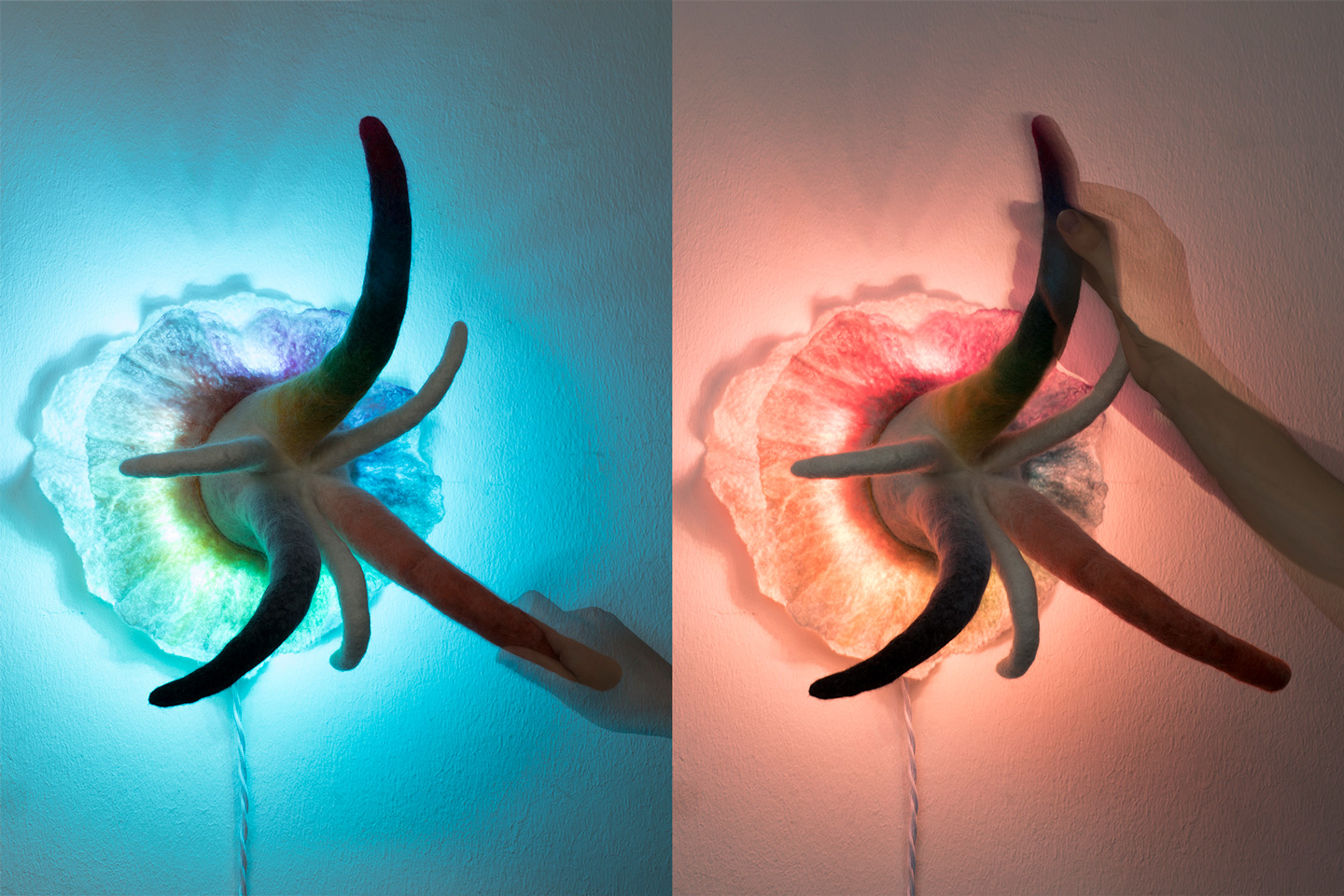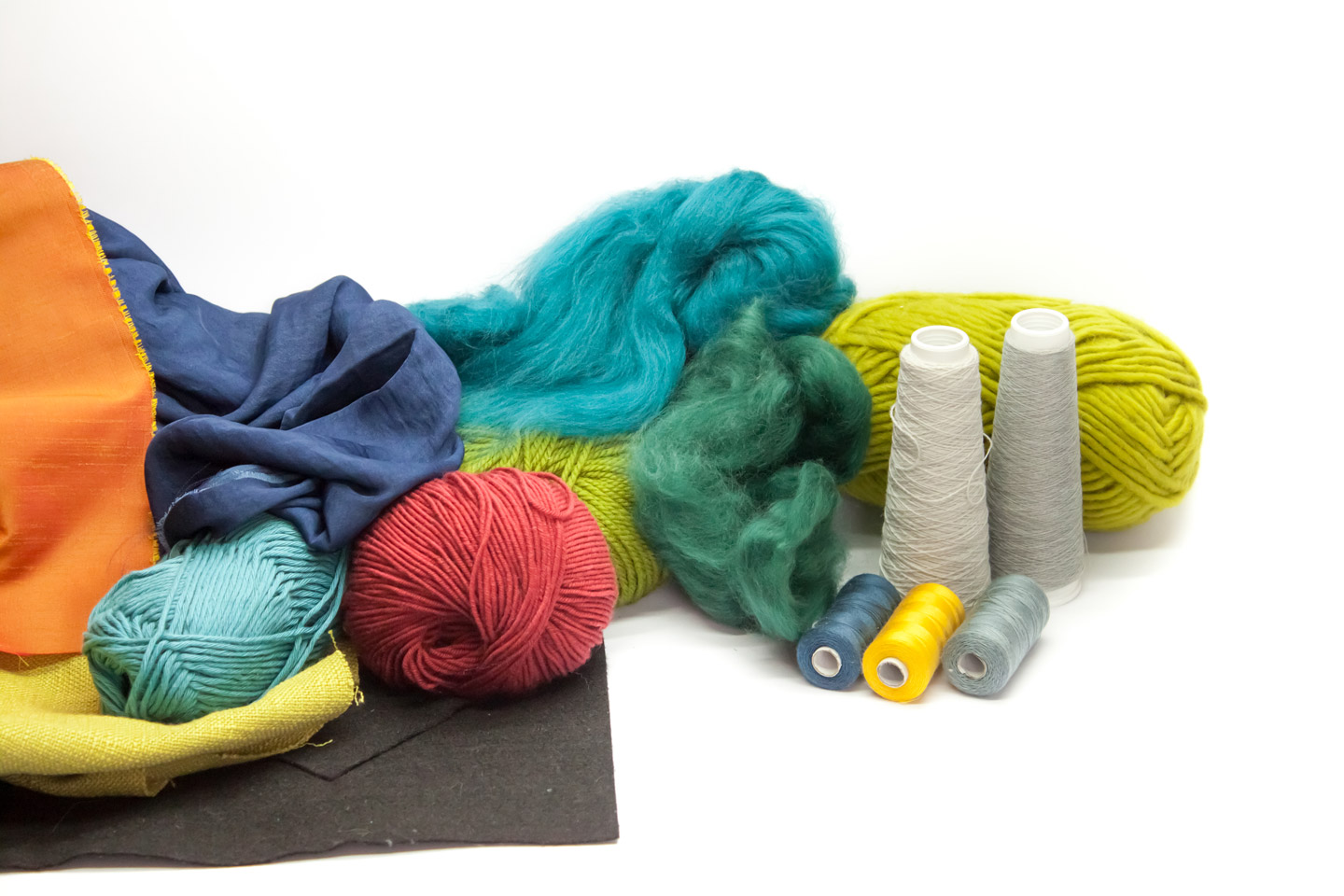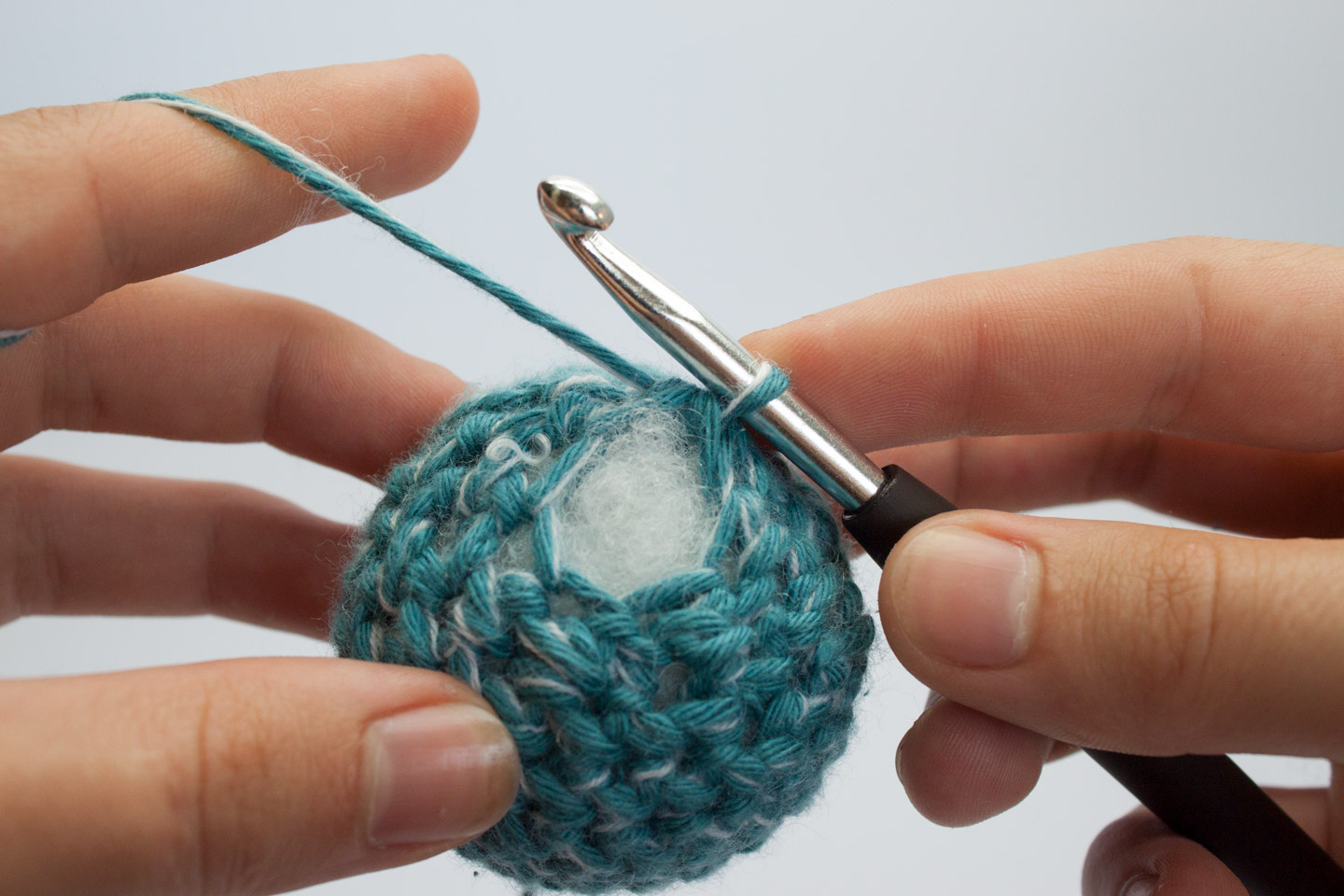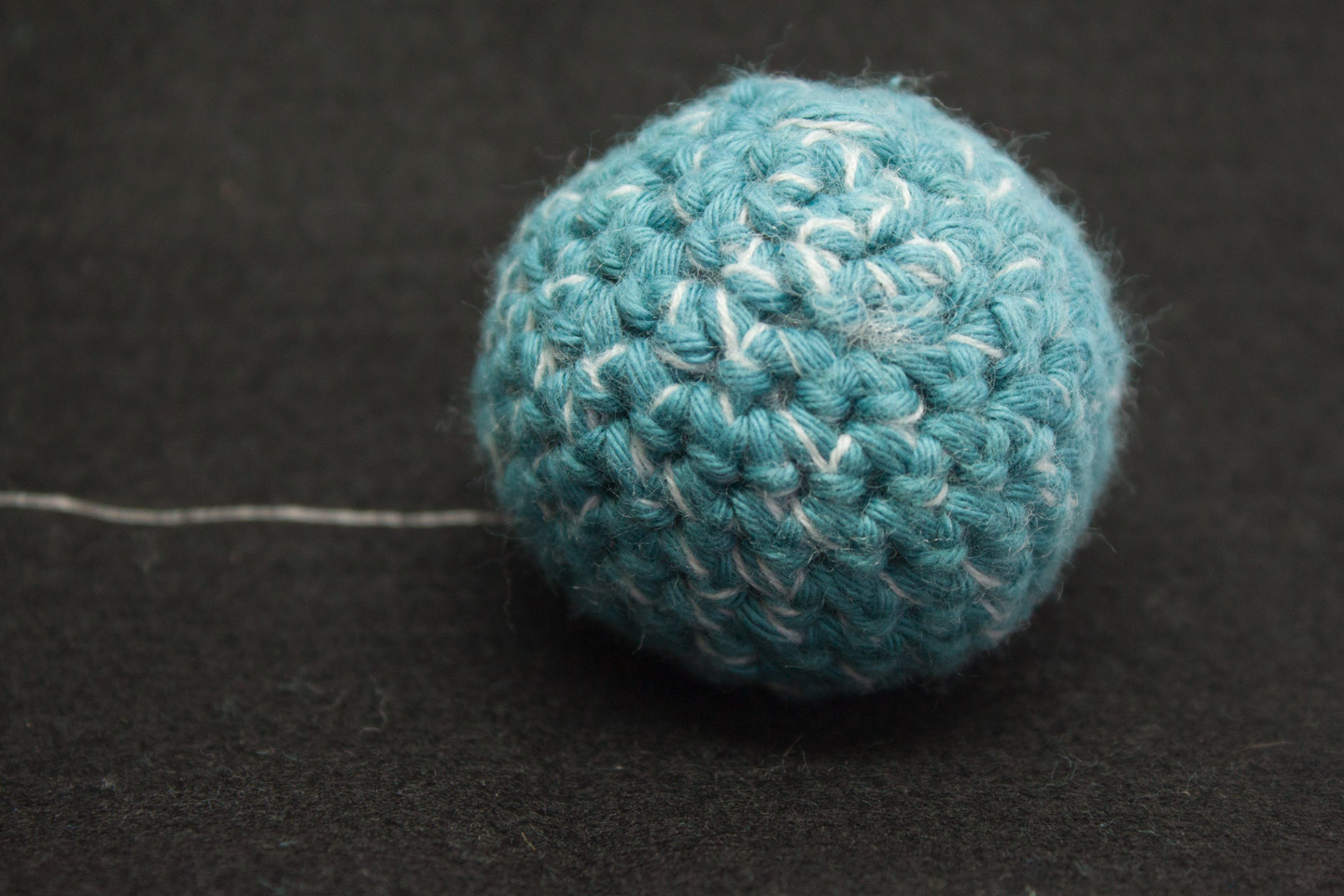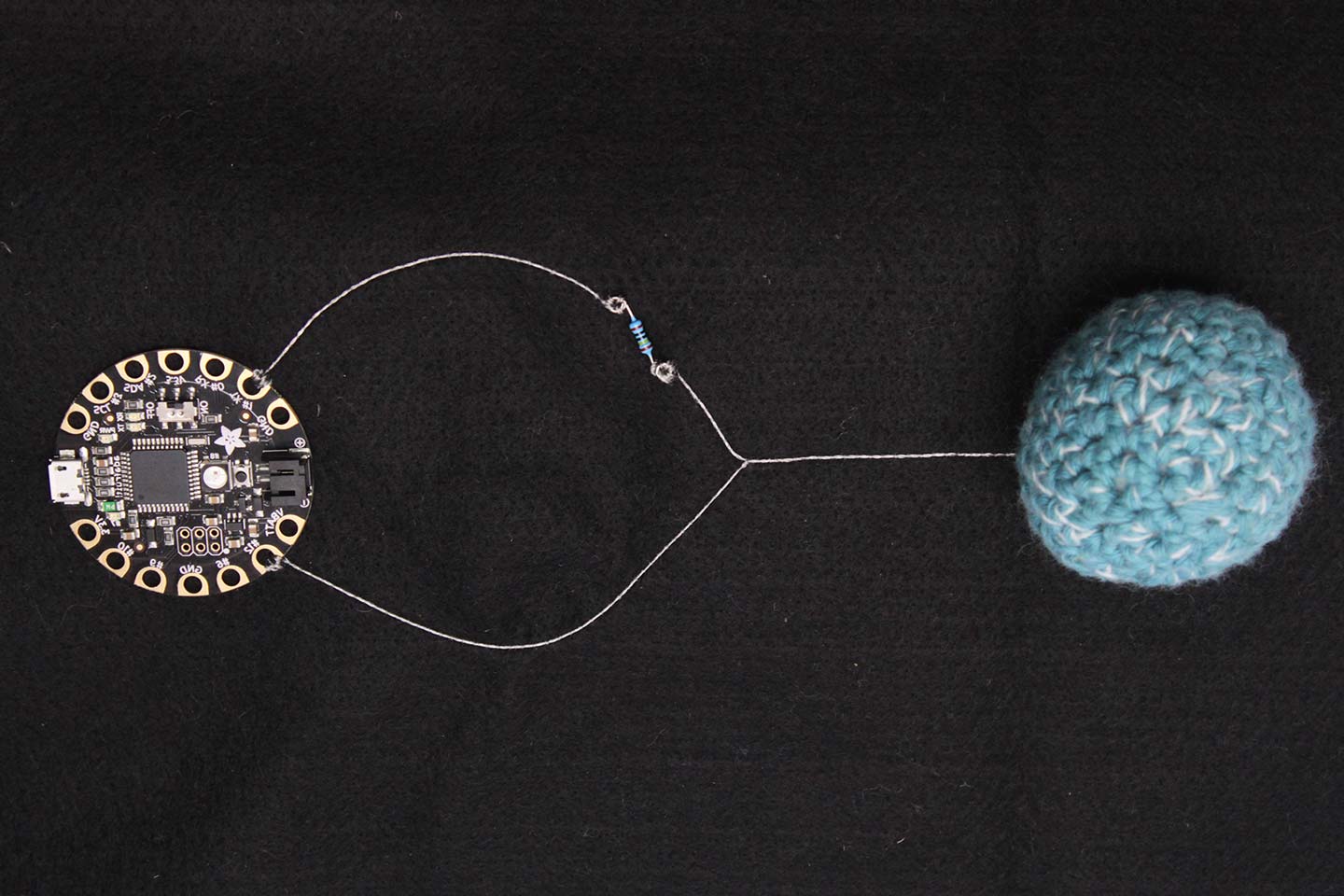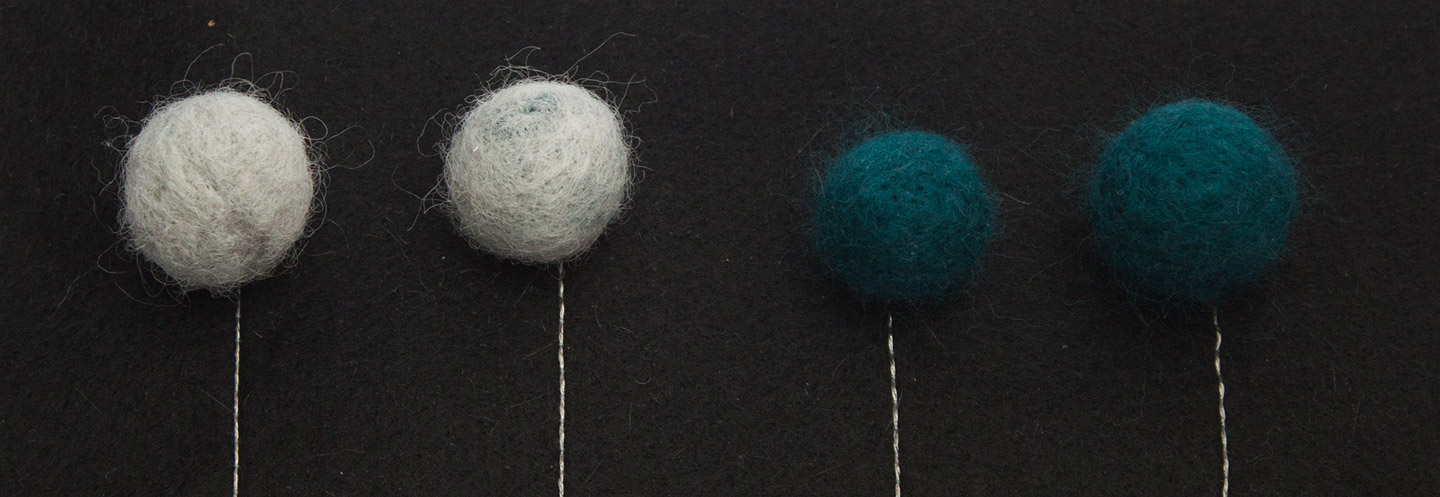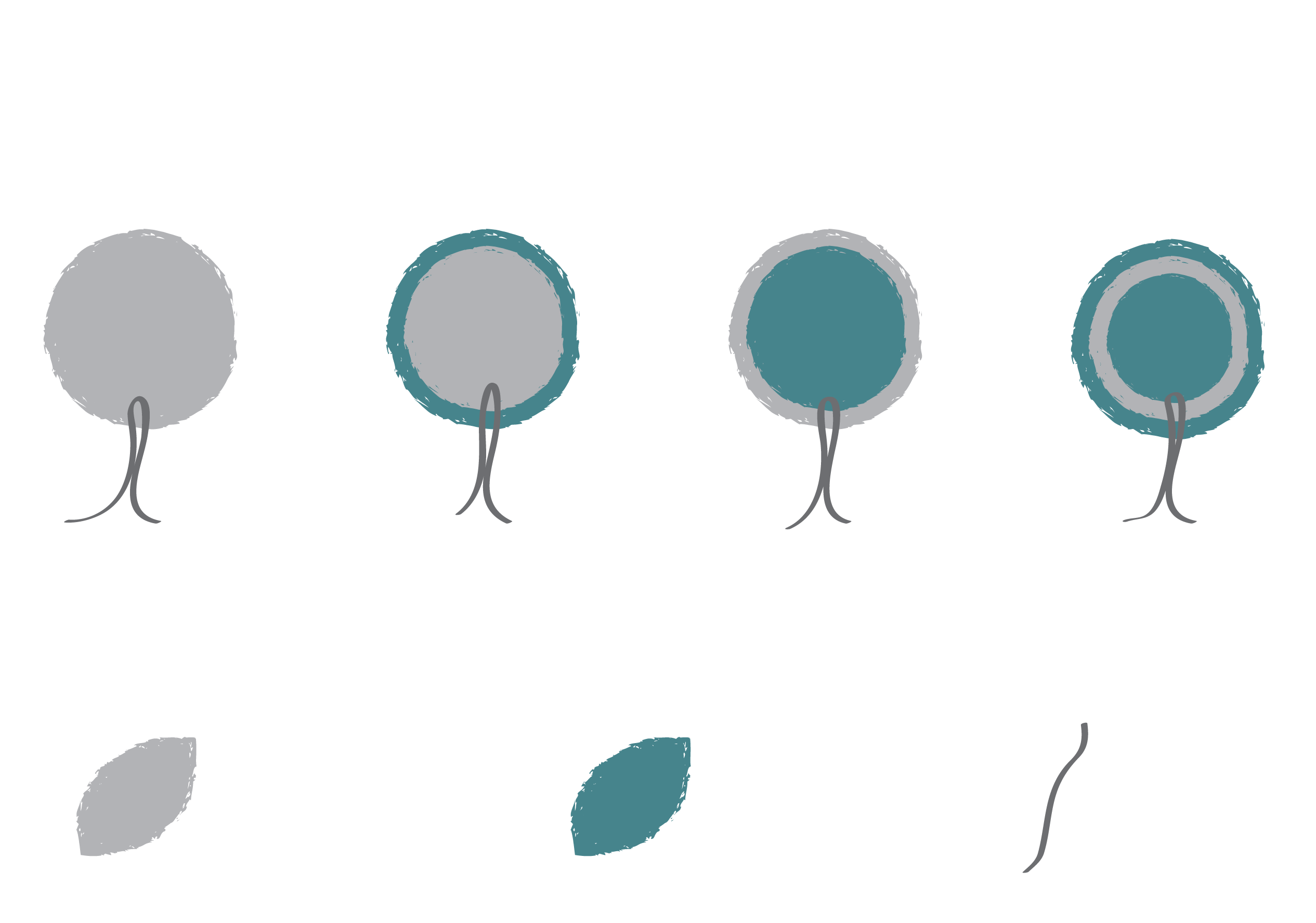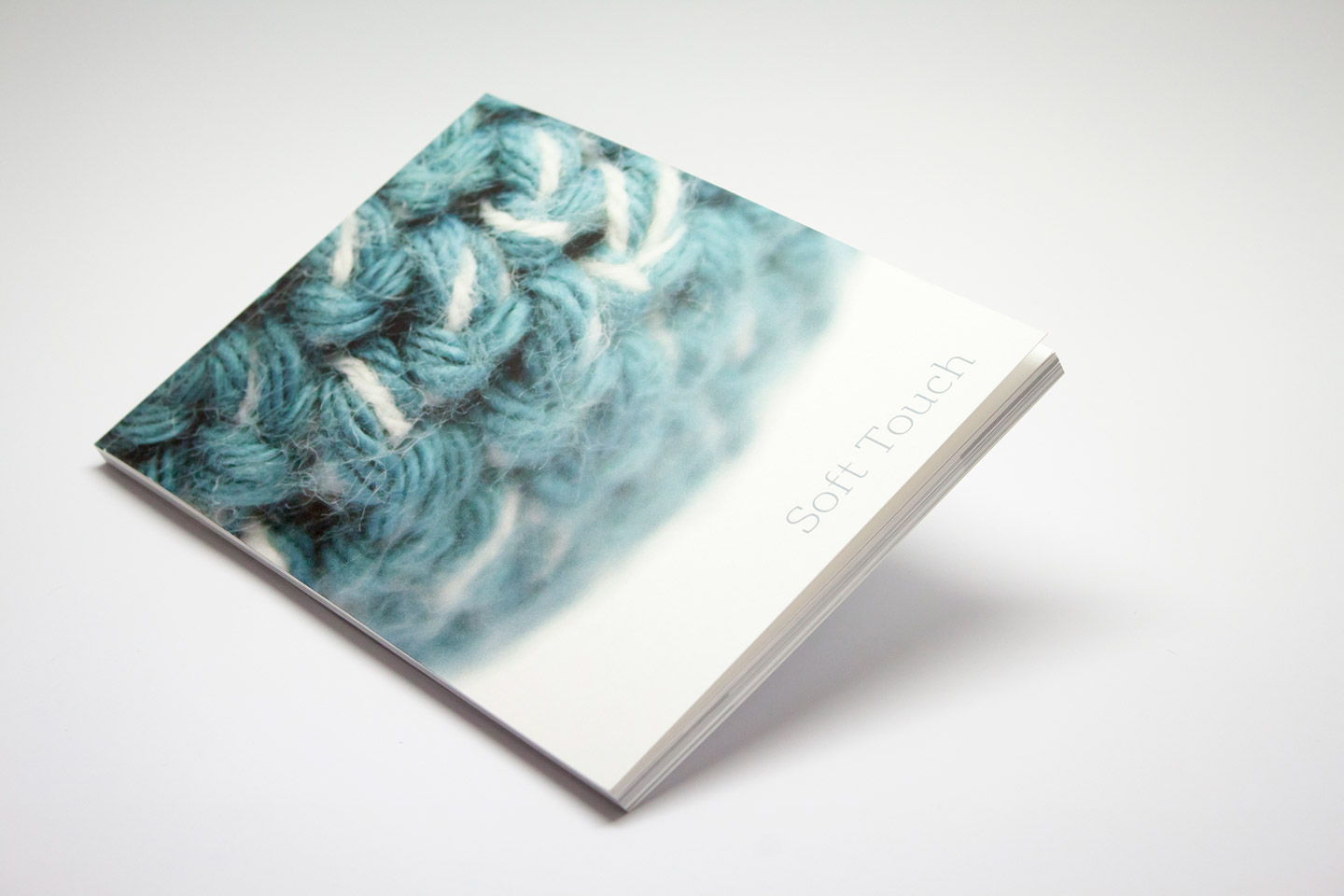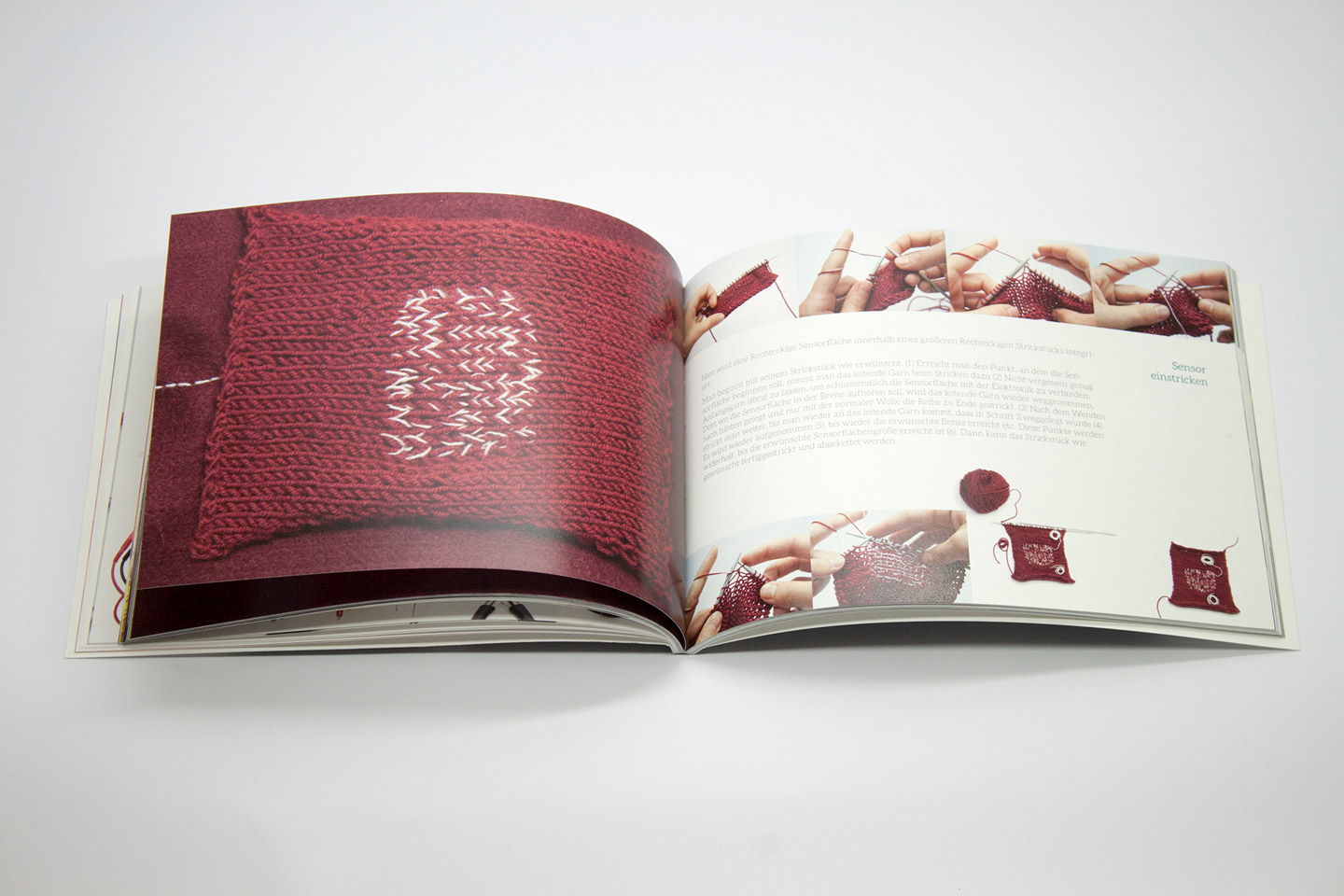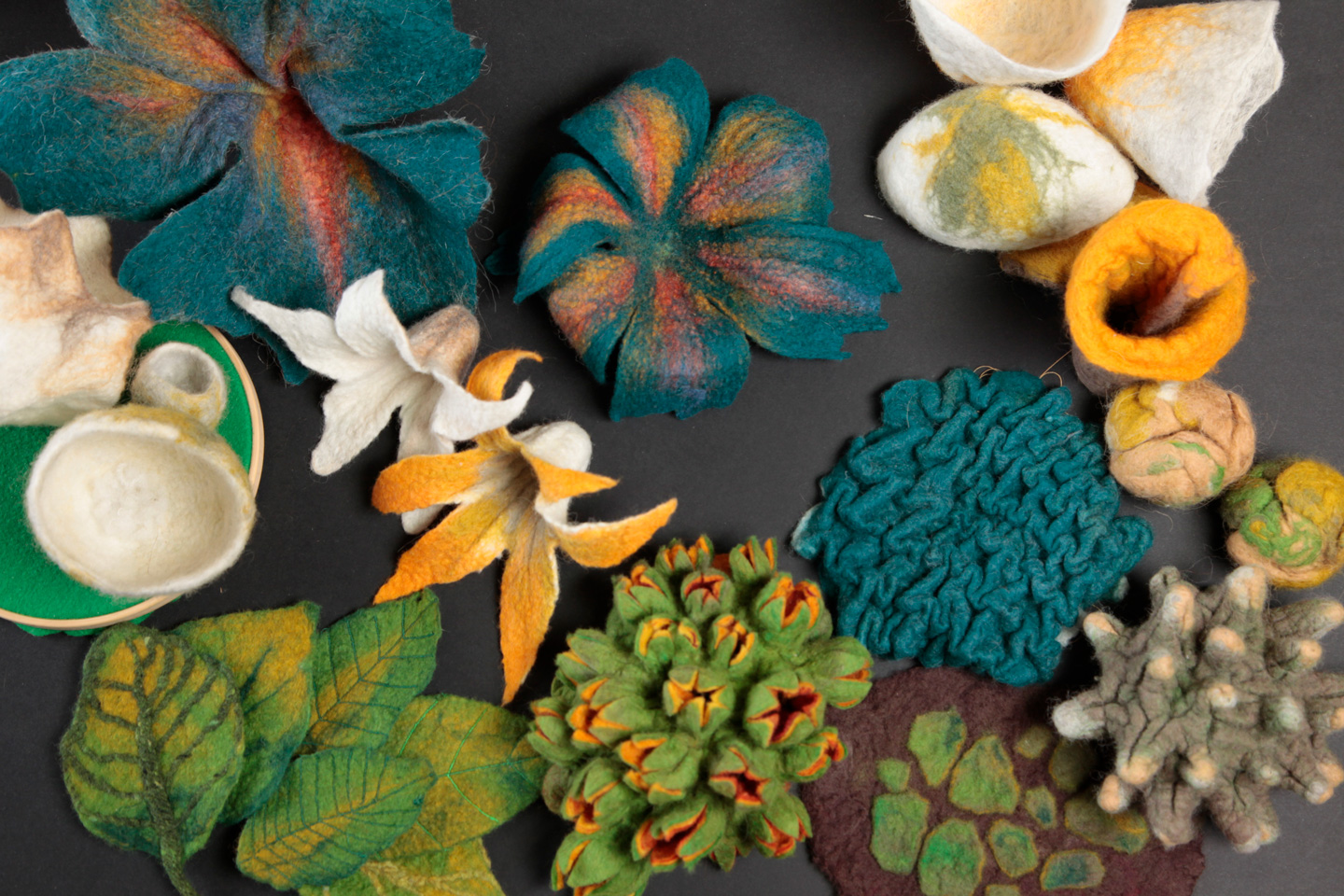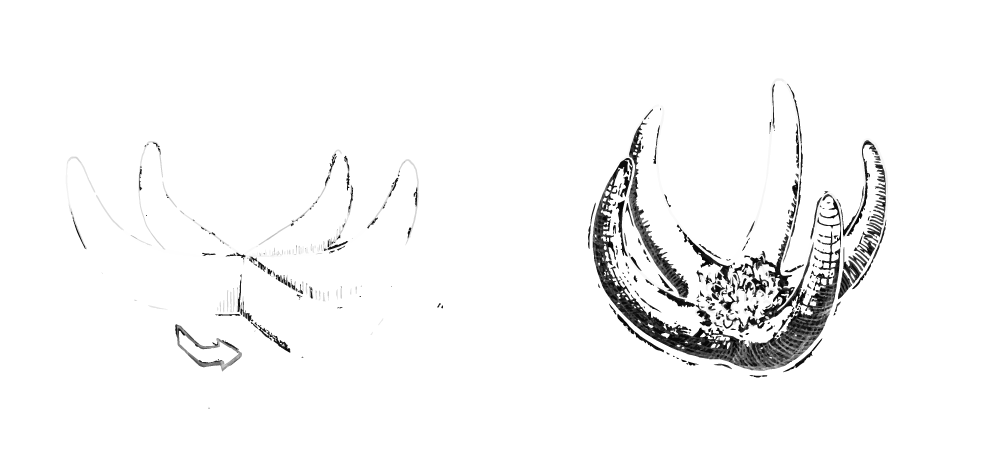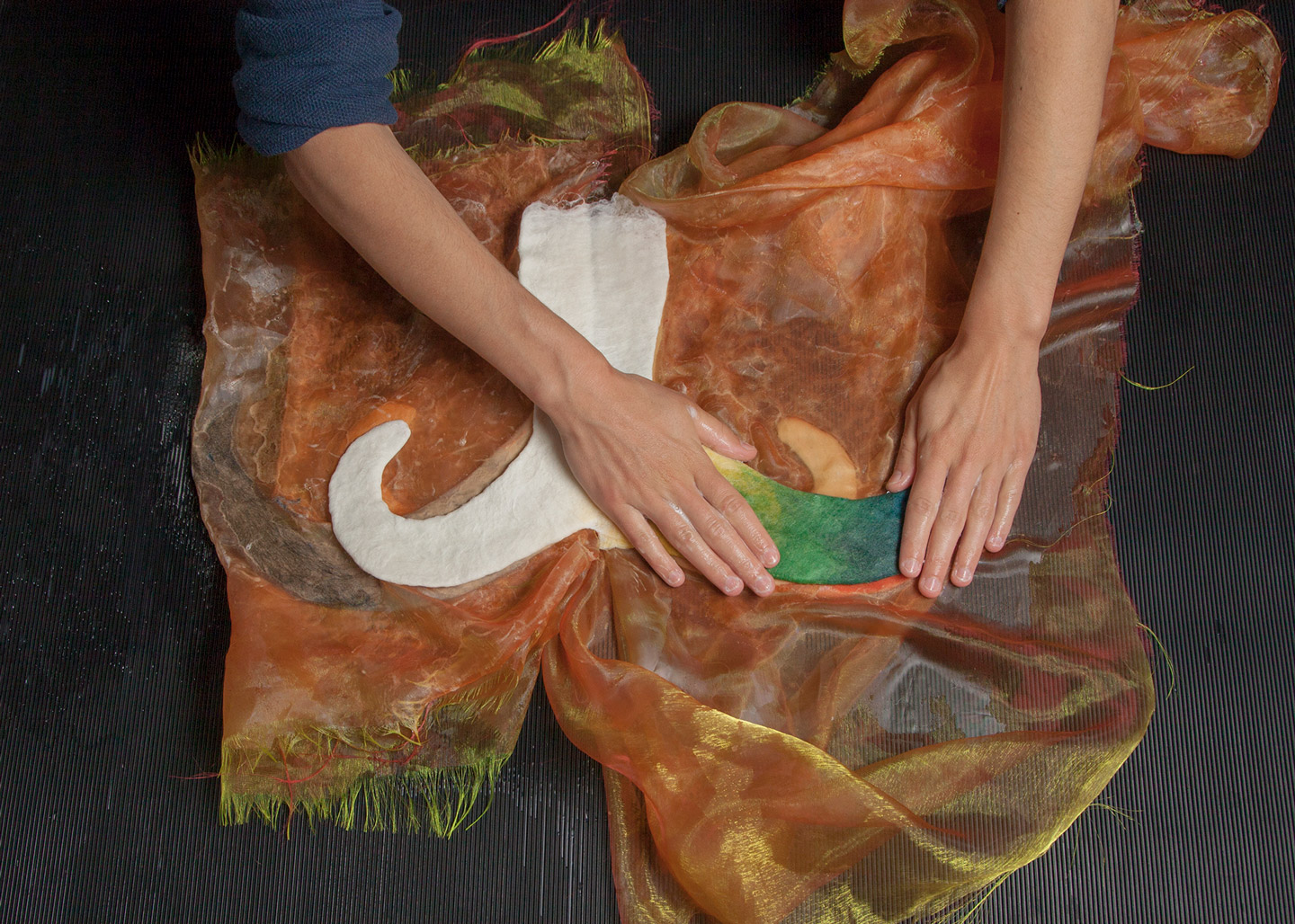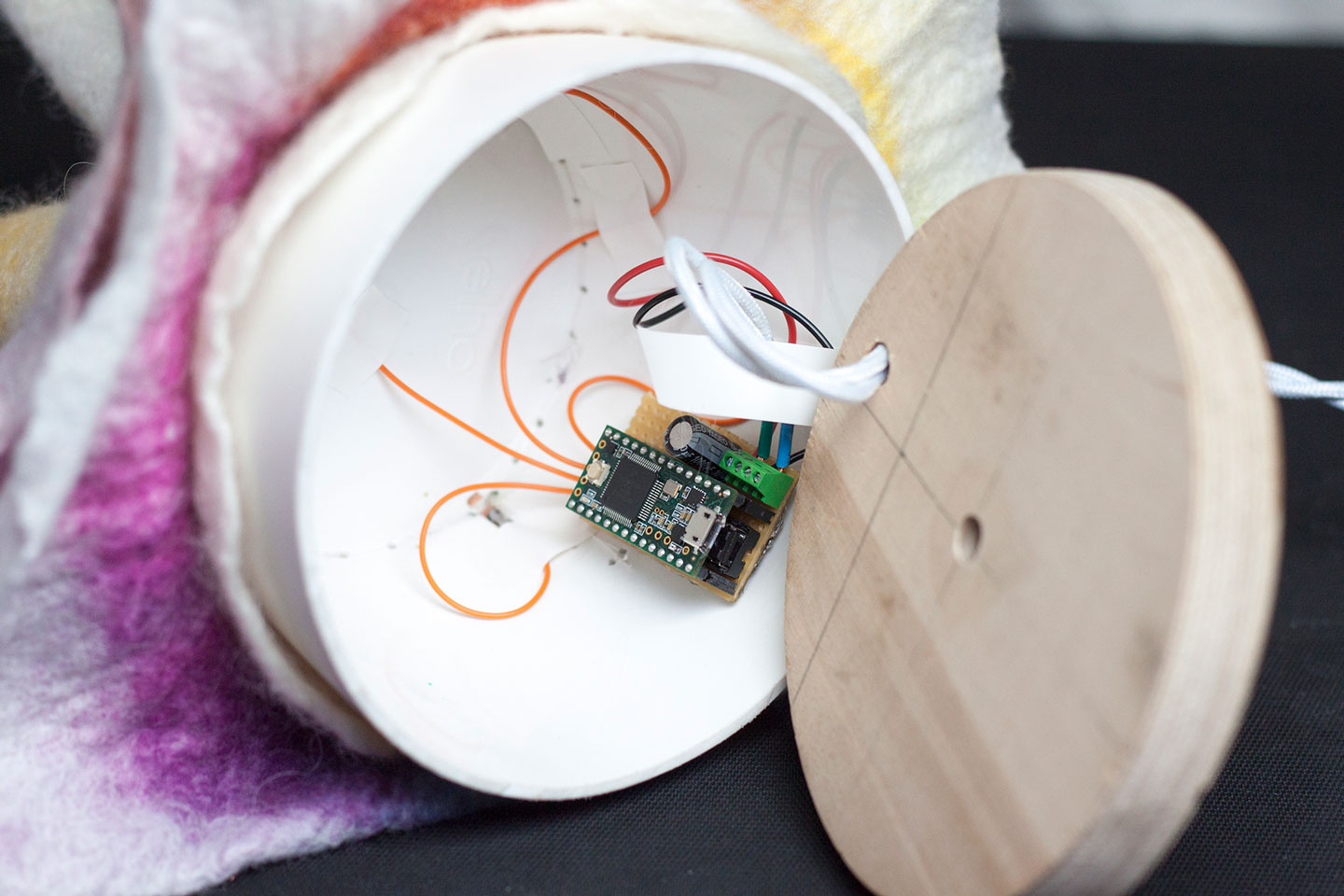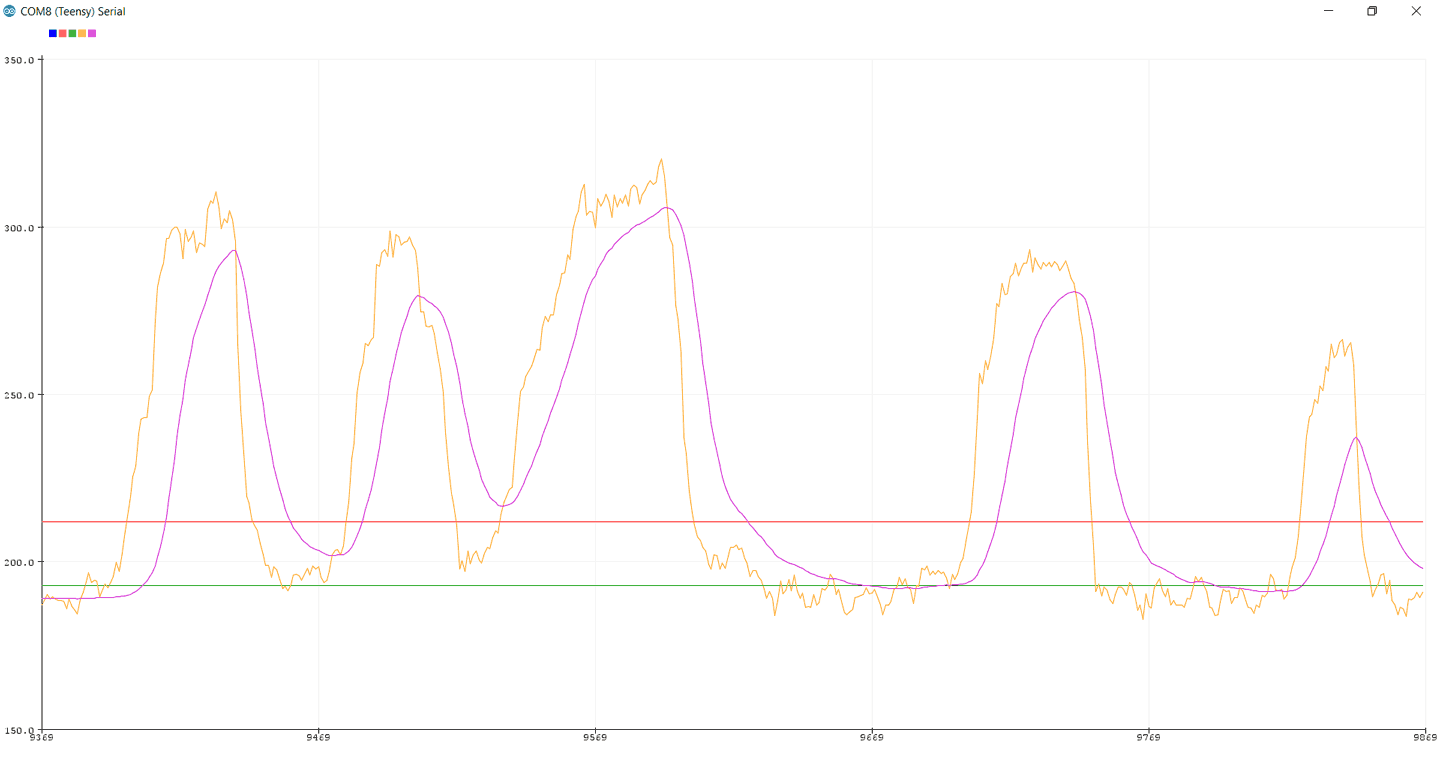felt it
The aim of this explorative study was the development of felted biomorphic touch sensors for the human being.
Felt it is the outcome of the theoretical research around biomorphic / organic design and the practical research around e-textiles and especially felted textile touch sensors. The aim was to create interactive light objects to allow to experience three-dimensional textile touch sensors and demonstrate its potential for future interfaces.
During the past decades, technology has constantly evolved and has almost become omnipresent in all parts of our lives. Right now, this technology is still mostly hard, and the human-computer interaction (HCI) is done over slick, flat, and hard surfaces like touchscreens.
Textiles on the other hand, with which we already are constantly in contact with our skin, are soft, warm, and flexible. E-textiles present new possibilities for tangible and embodied interaction (TEI) and allow to design touch sensors with the haptic qualities of textiles. Felt especially can be shaped three-dimensionally and is a well-suited textile technique for an explorative process outside of the two-dimensional plane. Conductive wool allows the felting of capacitive touch and proximity sensors in diverse forms.
A variety of three-dimensional touch sensors were felted during this thesis: Shapes, colours, and sensor properties were explored and developed to allow an interaction adapted to the human being, putting emphasis on the physiological and cognitive aspects.
Flowers were used as an inspiration, as some of them specialized and evolved over millions of years for an ideal interaction with pollinators.
Three biomorphic interactive light objects resulted from this explorative process. They were designed for an intuitive and pleasant interaction, as well on the aesthetical, as on the tactile level. Light was used to visualize the interaction-effect of those felted touch-sensors. The final interactive light-objects allow to experience and feel the alternative soft and organic forms of interaction.
The research and documentation are avaible in german and can be downloaded here
The Tubes
The Tubes react to the introduction of single or multiple fingers. In this case, the object acts as a multiple step activator. First, all fingers of a hand have to be introduced in the top tubes, which are ideally formed to fit the hand. Finally, for the full activation, the last tube of the bottom must be used. The light animation visually informs about the state of the activation.
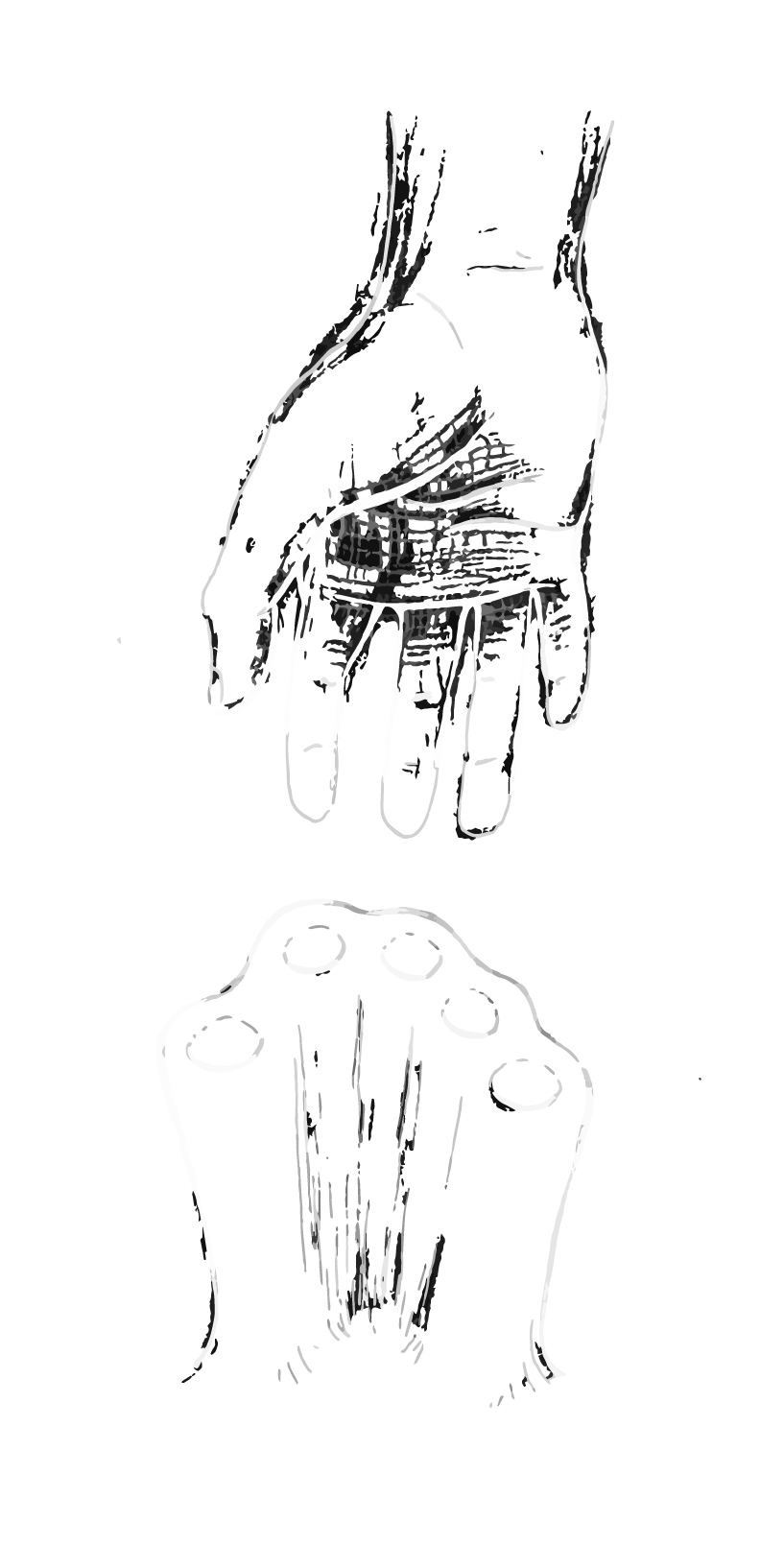
The Bulbus
The Bulbus demonstrates the potential for soothing interaction and uses the soothing properties of the soft and warm touch. The LED animation is hectic and restless in the beginning. The more the bulbus gets touched and stroked, the more the animation slows down and becomes more tranquil: the human beeing can take his time and calm down with the Bulbus.
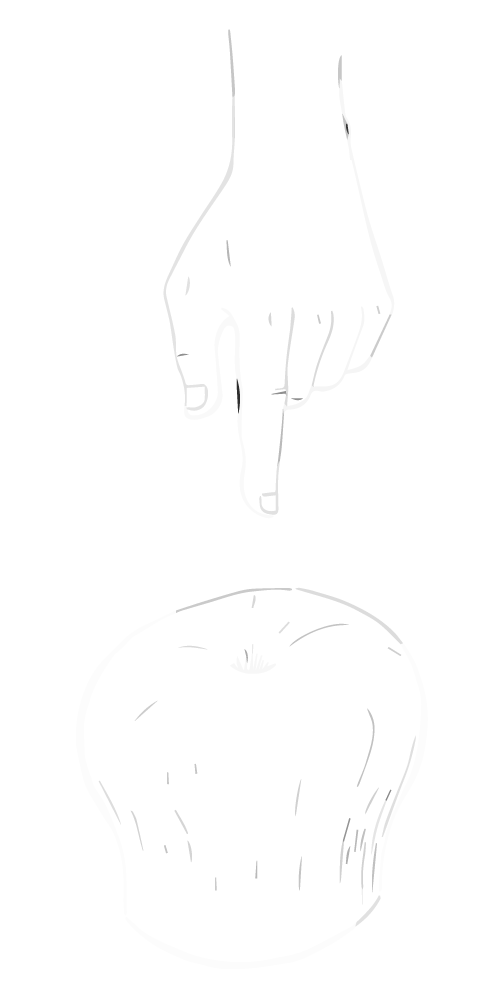
The Color Star
The Star enables to experience a simple usefull interaction through a felted interface. The light object illuminates the surrounding as colorful ambiant light, but instead of an app or a remote control to control the light, the object itself acts as interface: The three branches control the hue, saturation and brightness of the light.
Process
In the first part, different kinds of textile touch sensors were explored. Traditional textile techniques like sewing, knitting, crochetting and felting were used to create sensor areas with conductive thread, yarn, woven textile and wool. Those sensor areas were then connected to a hard microcontroller with the use of conductive thread. With some coding, the textile touch sensors could then be used as touch and proximity sensors with the capacitive sensing technology.
Any conductive area can be connected to a microcontroller which compares the different capacitances. Not only the human touch, but also the human proximity can be sensed this way. Depending on the microcontroller, a single connection or a double-connection with a resistor is needed.
In this case, a ball was crochetted with usual wool yarn, as well as conductive yarn together. Conductive wool can be used for felting. Conductive textile can directly be used to sew conductive areas.
Here is an example of one of the sensor porperties tests: Small felt balls with different distributions of the conductive felt were used to test the different resulting sensor properties:
- Exposed conductive felt is well suited for pure touch sensing.
- Protected conductive felt on the other side is better suited if proximity as well as touch are supposed to be sensed.
- A full conductive but also protected felt ball is best for pressure sensing.
The manual „Soft Touch“ resulted out of the first part of the research. It gives an introduction and step-by-step guides for the creation of capacitive textile touch sensors. The interdisciplinary guide is aimed at textile-artist, engineers or any person interested in this technology.
Different techniques are shown for textile creation methods as sewing, crocheting or felting. Materials, methods, electrical connections and programming are explained in an approachable way.
The manual is avaible in german and can be downloaded here
The knowledge and techniques were then further used and deepened for the realisation of the "felt it" interactive light objects.
The aim of the felt it light objects is to demonstrate the potential of three dimensional biomorphic touch sensors. For this further research, I decided to work with felt as material, as three-dimensional objects can be formed with it.
Flowers were used as an inspiration, as some of them specialized and evolved over millions of years for an ideal interaction with pollinators. In this case, the aim is to create interactive objects adapted to the human body.
Further felting experiments were done to explore the potential forms and textures that could be used. Especially the techniques for hollow felting had to be tested.
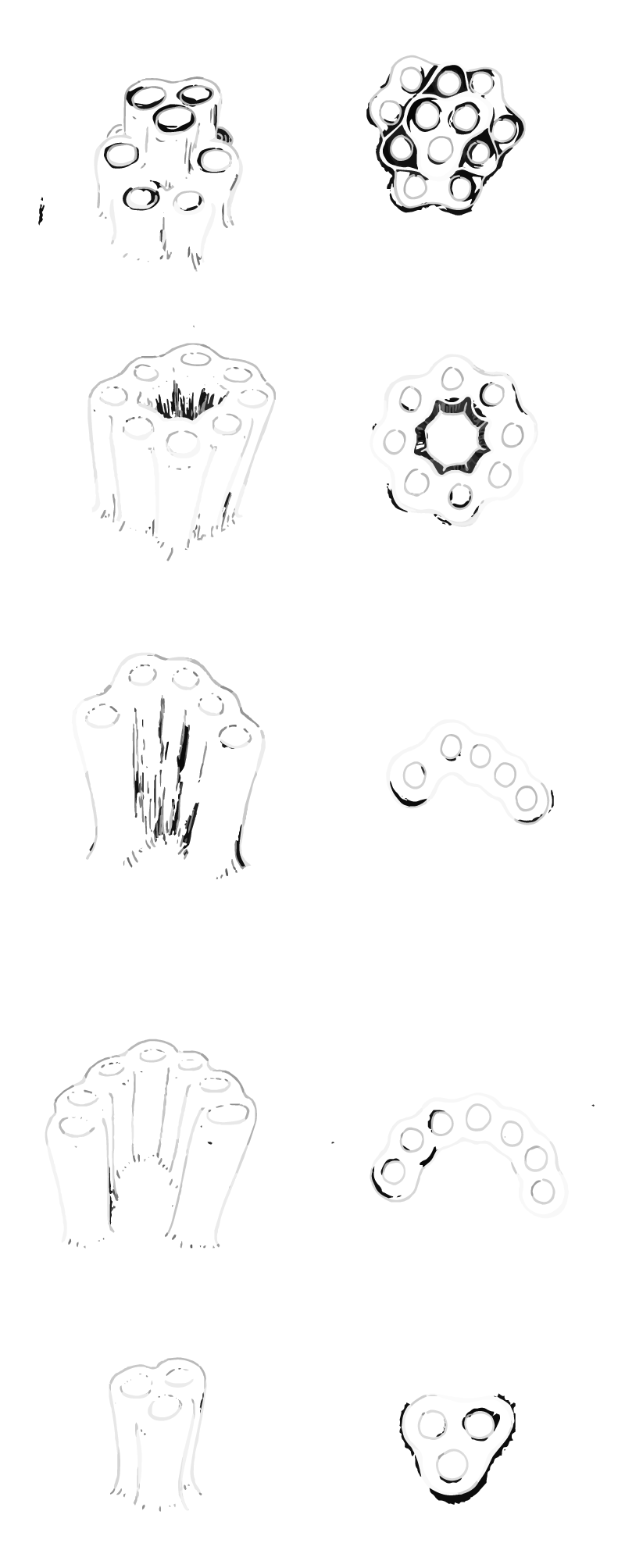
Potential Tubes arrangement
After many experimentations which could still be continued even further, three final objects were felted.
The soft felt parts and the still hard microcontroller and LEDs were then put together. After the completion of the hardware, the last step came to coding the software. The sensor data has to be gathered, smoothed out and the thresholds calibrated. The sensor then influence the LED animation and the objects behaviour.
Contact
Do you still have any questions? Simply write me an e-mail! I will answer as fast as possible.
Haben Sie noch Fragen? Sehr gut! Kontaktieren Sie mich am besten einfach per Mail. Eine Antwort kommt in jedem Fall so schnell wie möglich!

Leonie Spachtholz
leonie.spachtholz@gmail.com
